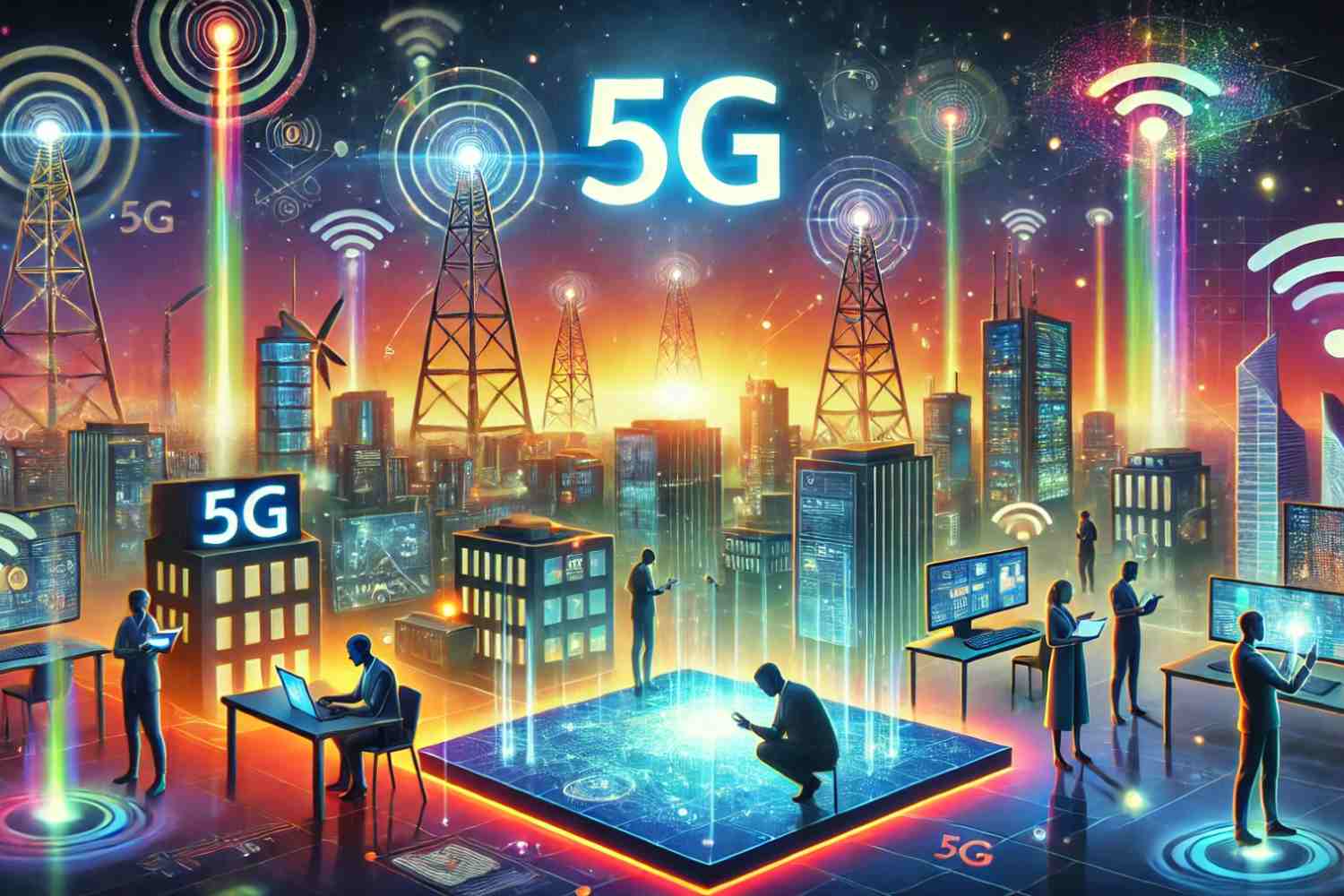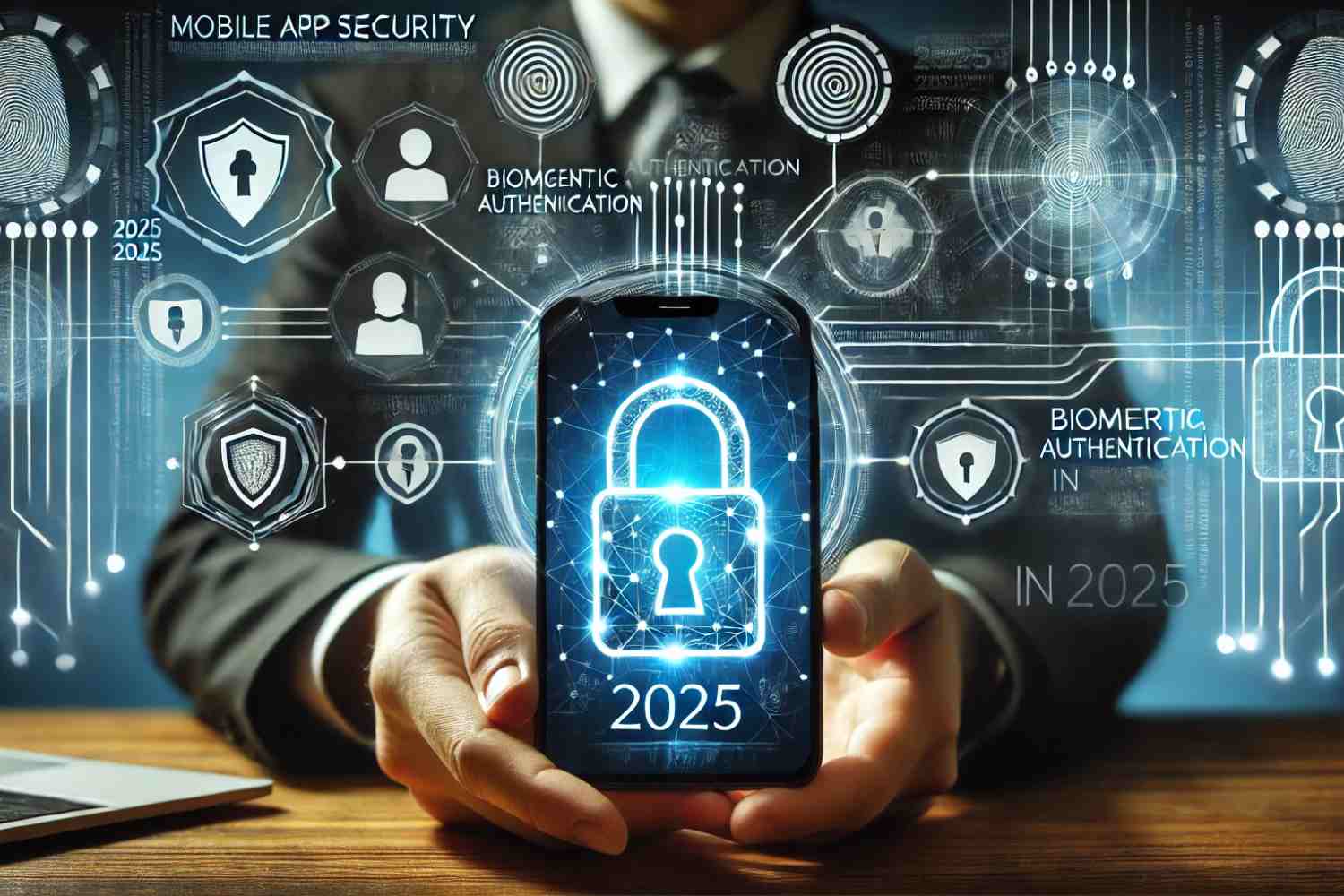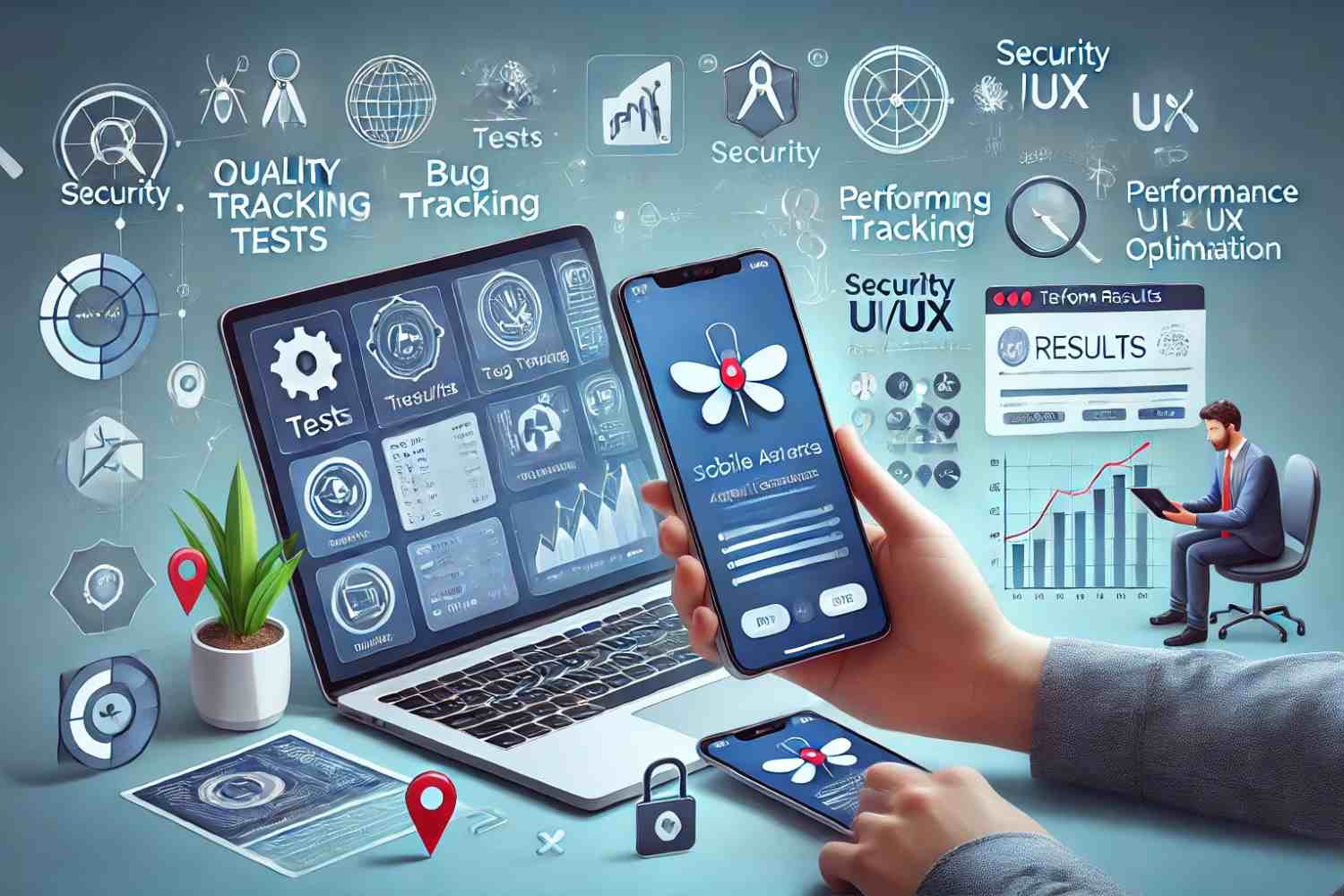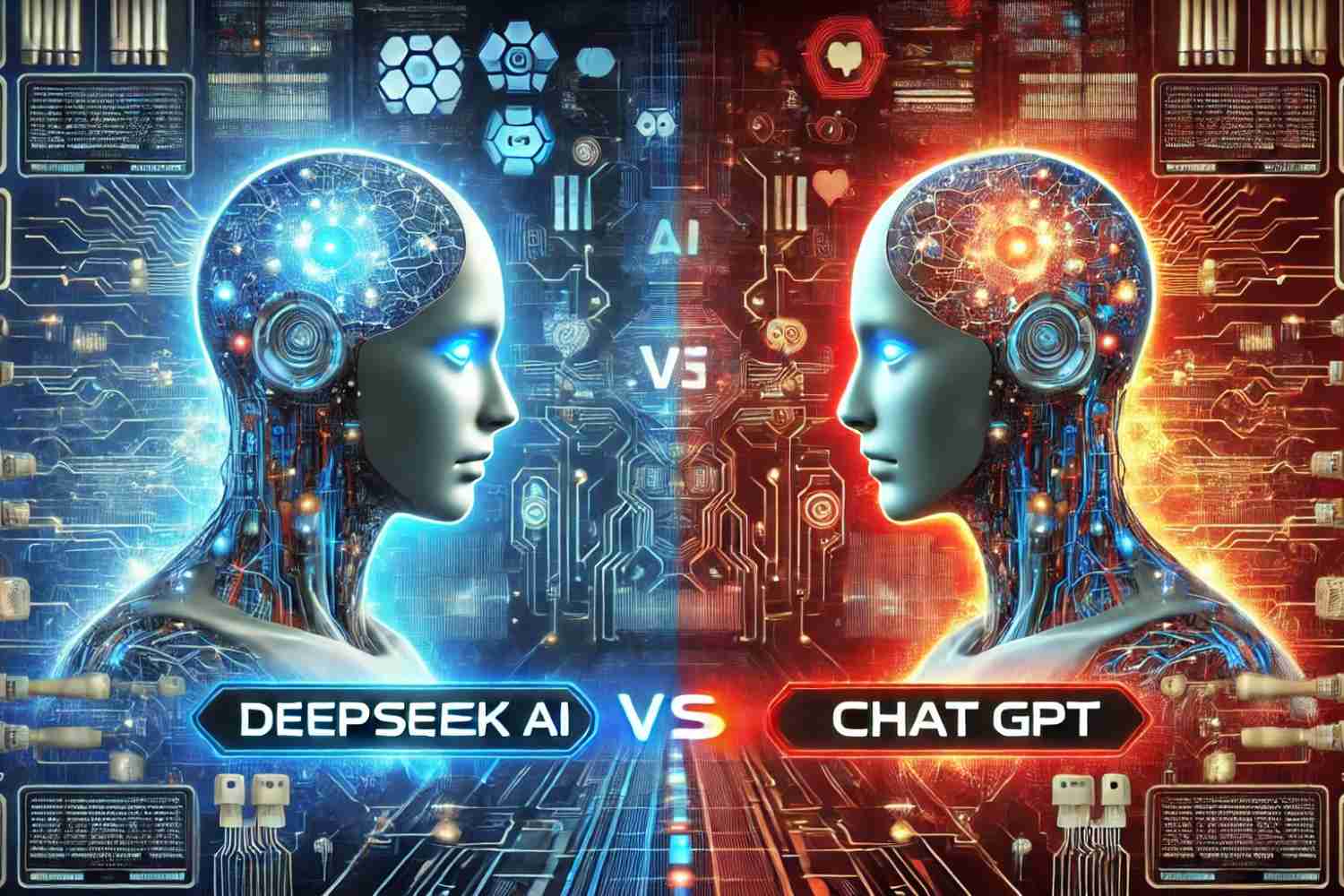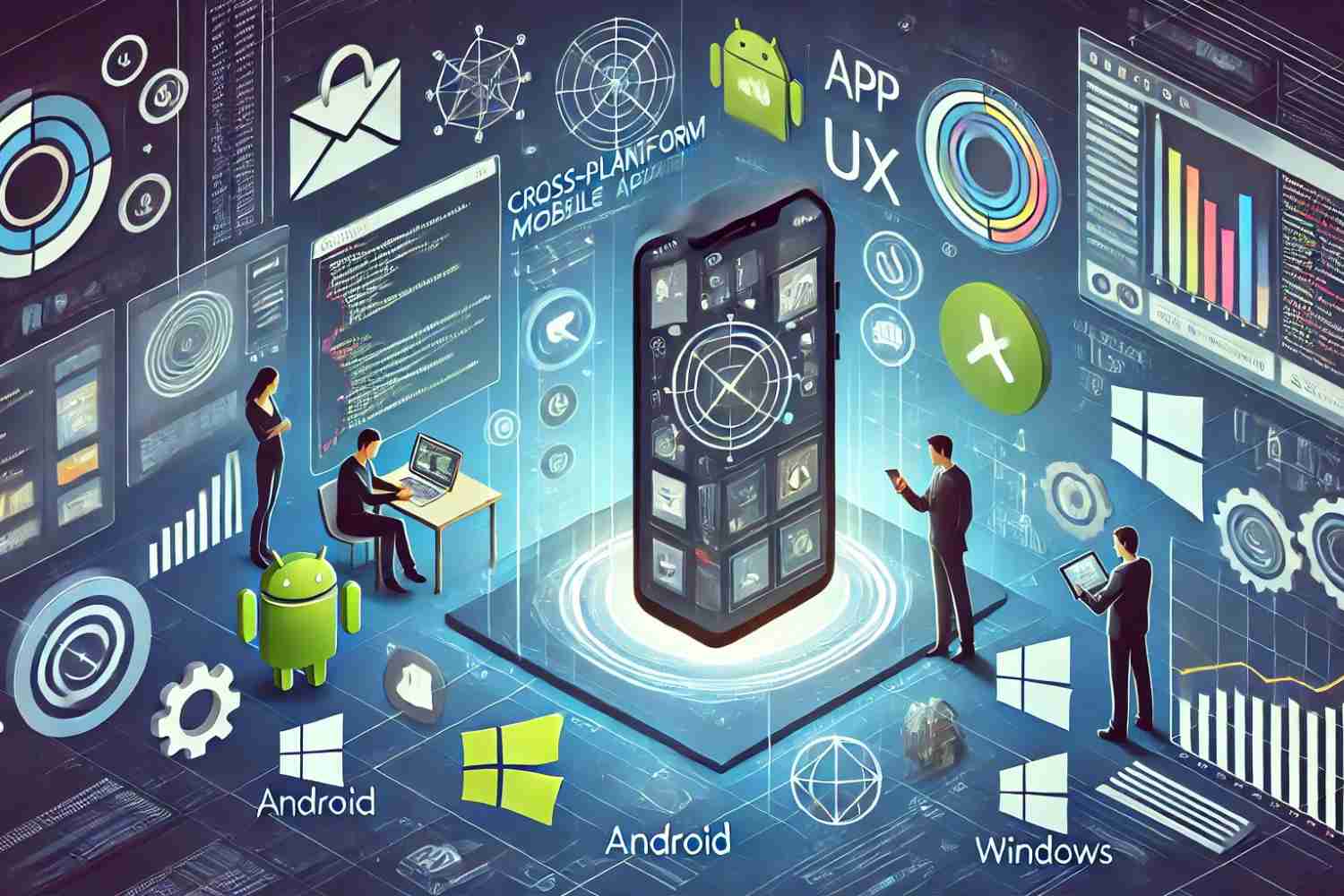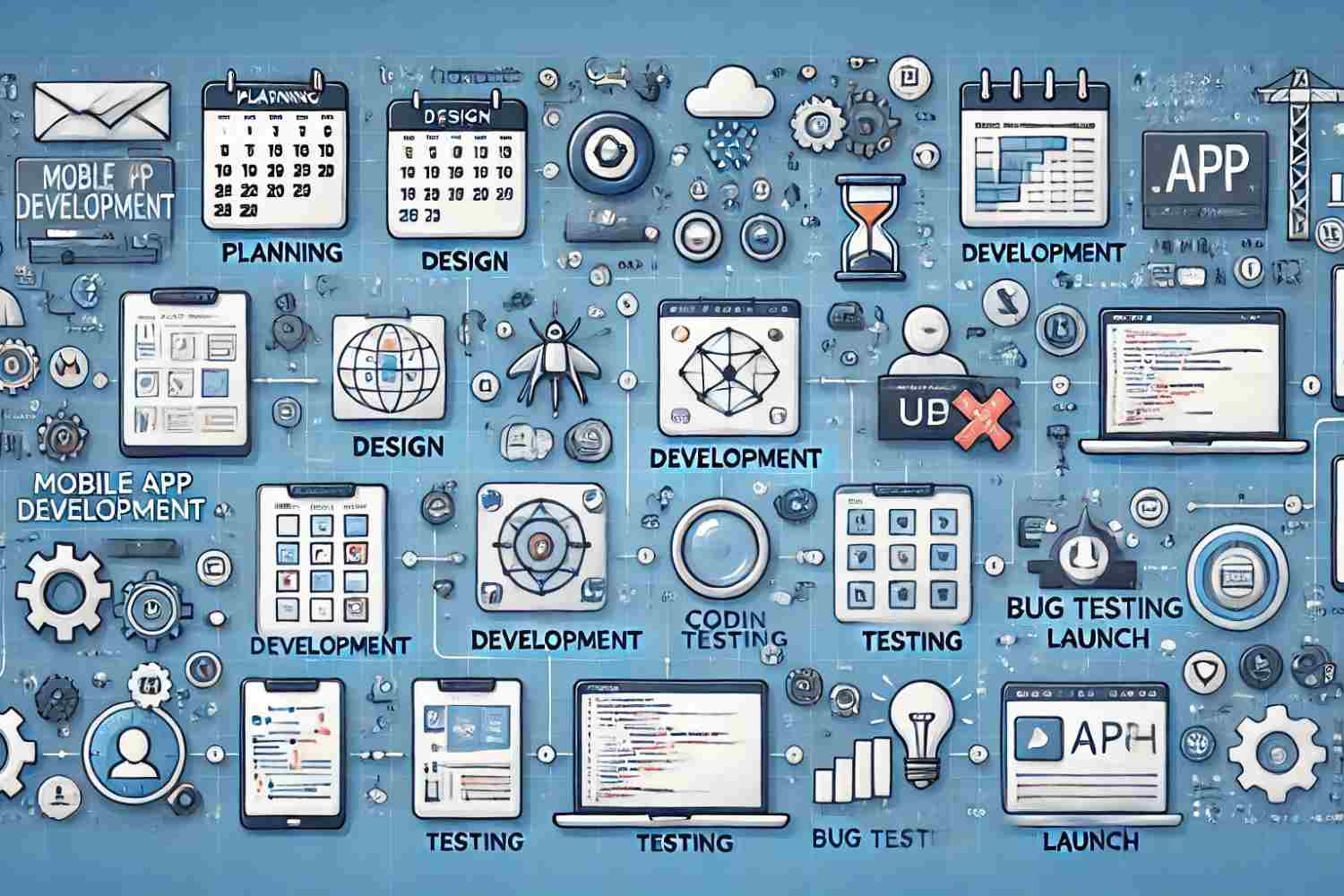Introduction
The rollout of 5G technology is revolutionizing IT development and innovation, enabling faster connectivity, lower latency, and unprecedented scalability. As 5G becomes more widespread in 2025, its impact extends beyond mobile networks, influencing fields such as cloud computing, AI, IoT, and cybersecurity.
This blog explores the transformative effects of 5G technology on IT development, supported by graphs, case studies, and real-world examples to illustrate how businesses are leveraging 5G-driven innovations.
The Evolution of 5G Technology
5G technology is the fifth generation of wireless communication, significantly outperforming its predecessor, 4G LTE.
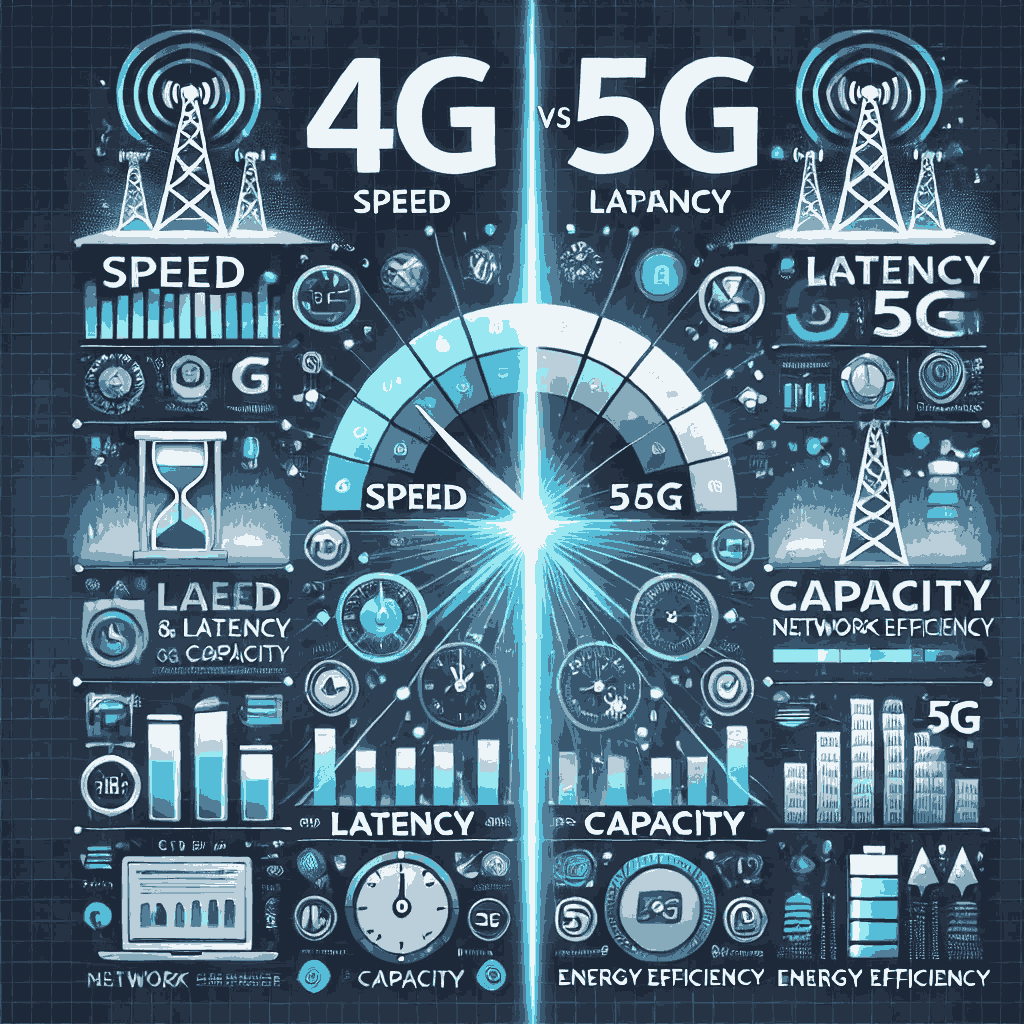
Key improvements of 5G over 4G:
- ✔ Faster Speeds – Up to 100x faster than 4G
- ✔ Ultra-Low Latency – As low as 1 millisecond
- ✔ Higher Capacity – Supports millions of connected devices
- ✔ Improved Reliability – Ensures seamless connectivity
- ✔ Energy Efficient – Reduces power consumption in IT infrastructure
Impact of 5G on IT Development
1. Accelerating Cloud Computing & Edge Computing
With 5G's high-speed data transfer, cloud computing is evolving to become more decentralized.
- Edge computing processes data closer to users, reducing latency.
- Cloud applications operate more efficiently, benefiting from real-time data processing.
- Hybrid cloud models improve IT flexibility and resource management.
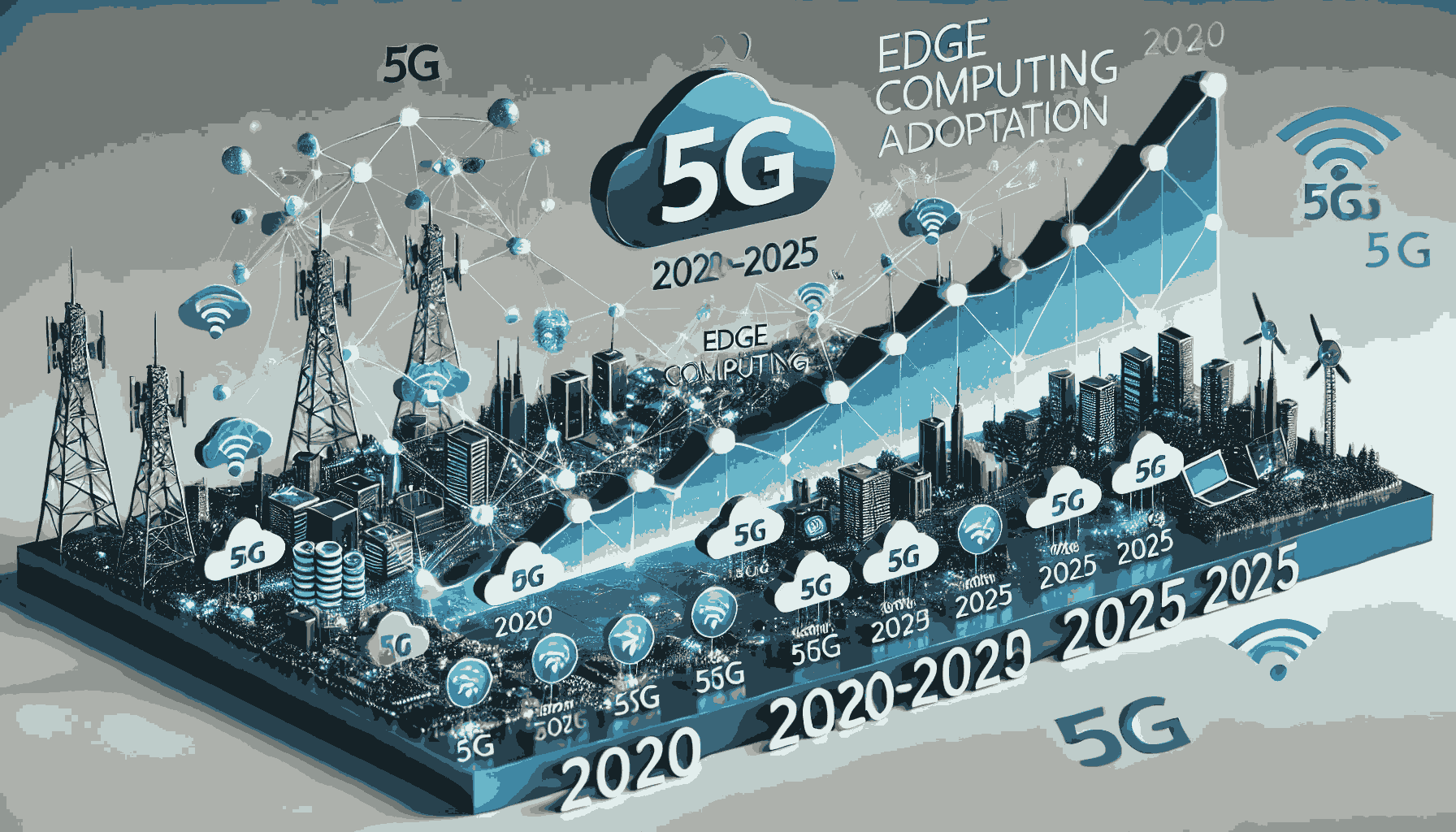
2. Enhancing Artificial Intelligence (AI) and Machine Learning (ML)
AI-powered applications rely on fast data transmission to operate efficiently. 5G enhances:
- ✔ AI-driven automation in smart cities, healthcare, and IT systems
- ✔ Faster AI model training due to real-time data processing
- ✔ Enhanced AI-powered cybersecurity to prevent threats
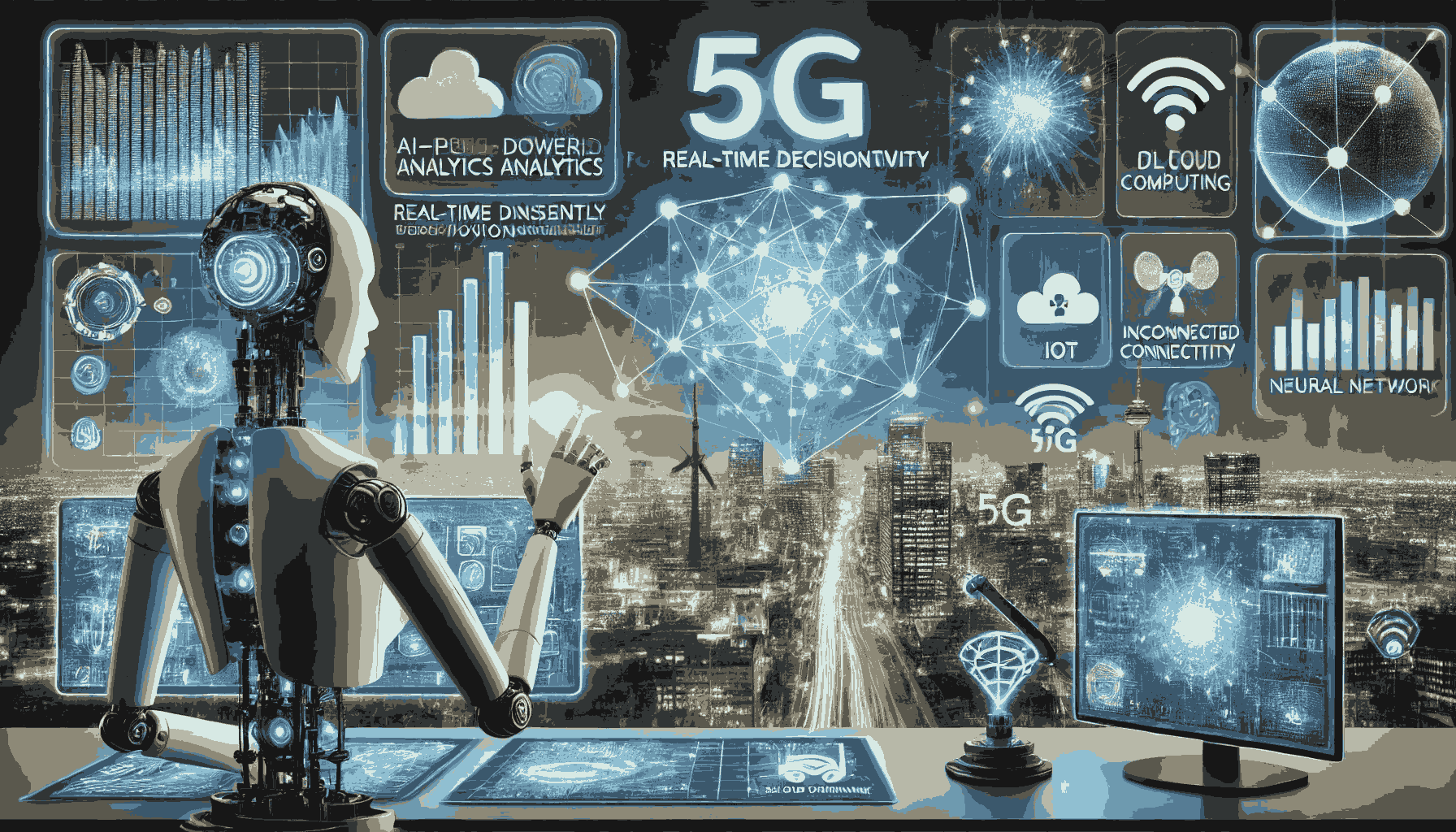
3. Boosting IoT and Smart Devices
The Internet of Things (IoT) thrives on seamless device connectivity. With 5G, businesses can:
- Connect millions of IoT devices with minimal network congestion
- Power smart homes, autonomous vehicles, and industrial automation
- Improve real-time monitoring in logistics, agriculture, and healthcare
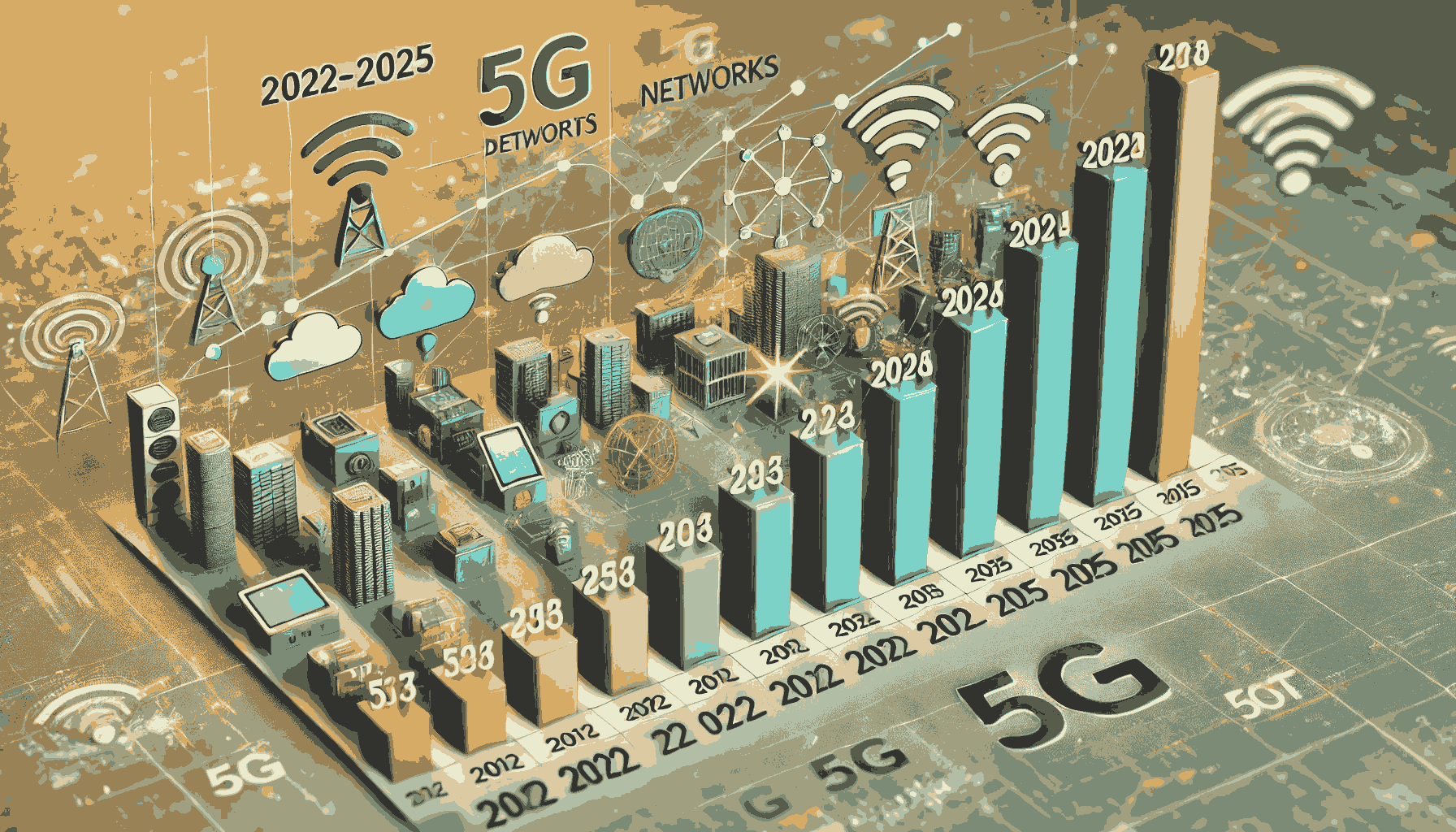
4. Revolutionizing Cybersecurity Measures
While 5G enhances connectivity, it also introduces new security challenges:
- ✔ AI-driven threat detection for real-time monitoring
- ✔ Zero Trust Architecture (ZTA) to prevent cyberattacks
- ✔ End-to-end encryption to secure 5G-enabled transactions
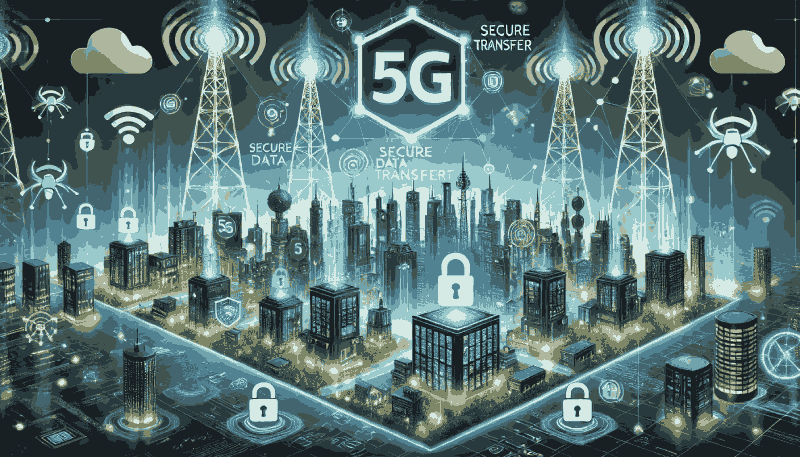
5. Transforming Remote Work & Virtual Collaboration
With 5G's low-latency and high bandwidth, IT teams can:
- ✔ Enable seamless video conferencing with zero lag
- ✔ Power cloud-based remote development environments
- ✔ Enhance VR/AR collaboration tools for realistic virtual meetings
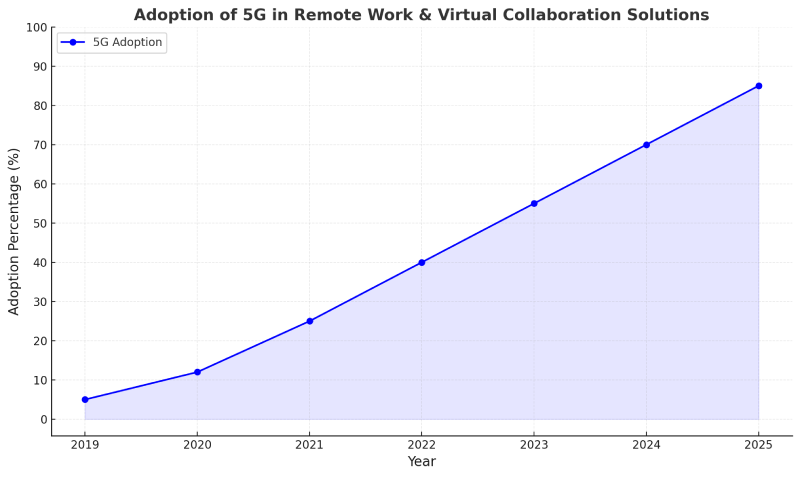
Case Study: How 5G Transformed IT Operations for a Global Tech Company
Company: ABC Tech Solutions
Problem:
ABC Tech Solutions faced network congestion, slow cloud processing, and lagging AI deployments due to limited bandwidth and high latency of 4G networks.
Solution:
- ✅ Upgraded to 5G-powered edge computing for faster data processing
- ✅ Integrated AI-driven automation for IT operations
- ✅ Deployed IoT-based monitoring for real-time performance tracking
- ✅ Enhanced security protocols with 5G-enabled encryption
Outcome:
- ✔ 30% improvement in cloud processing speeds
- ✔ 40% increase in AI efficiency for predictive analytics
- ✔ Reduction in cybersecurity risks due to real-time threat detection
- ✔ Higher employee productivity in remote work settings
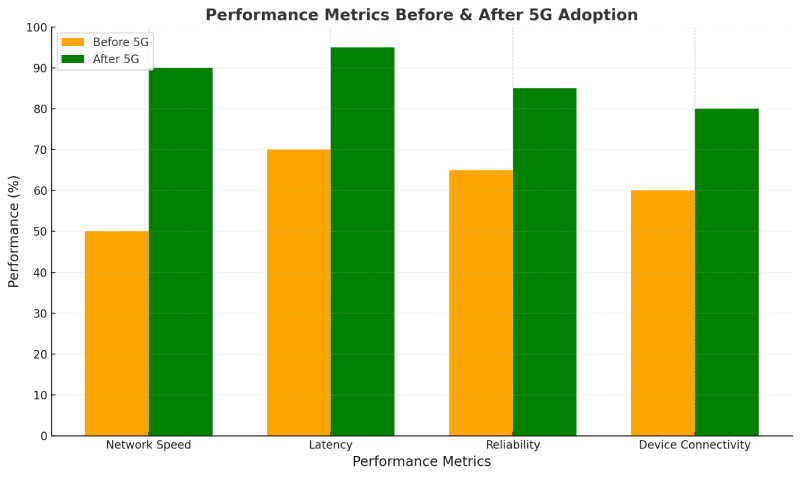
The Future of 5G and IT Innovation
- 🔮 6G Development – Early research into 6G networks is already underway.
- 🔮 AI-Powered Network Optimization – AI will further enhance 5G network efficiency.
- 🔮 Smart Cities Expansion – More urban areas will integrate 5G-powered automation.
- 🔮 Quantum-Resistant Security – Encryption strategies will evolve to protect 5G data from future quantum threats.
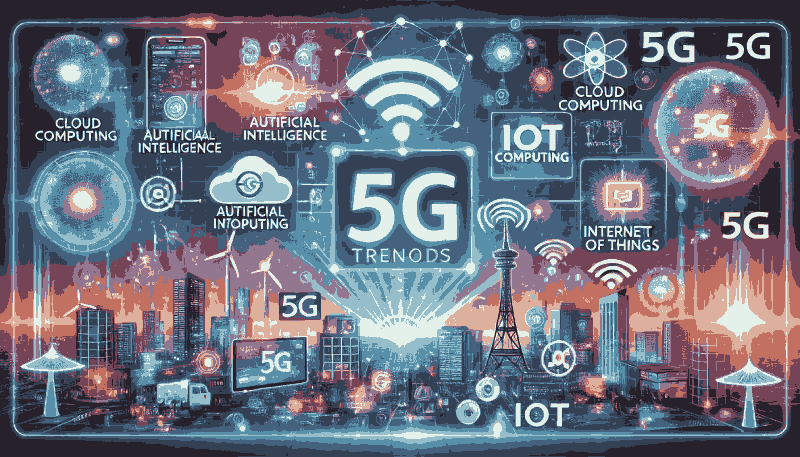
Conclusion
5G technology is reshaping IT development and innovation by enabling faster data processing, real-time AI applications, IoT expansion, and enhanced cybersecurity. Businesses that leverage 5G's capabilities will gain a competitive edge in an increasingly digital world.
Embracing 5G is no longer a luxury—it’s a necessity for IT evolution in 2025 and beyond..
FAQs
5G enhances IT infrastructure by boosting cloud computing, improving IoT connectivity, and enabling real-time AI applications with ultra-low latency.
Yes, but 5G introduces new cybersecurity risks. Companies must adopt AI-driven threat detection, encryption, and Zero Trust security models.
5G enables faster cloud-based collaboration, smooth video conferencing, and real-time access to enterprise applications, enhancing remote work efficiency.
While 5G offers superior speed and reliability, broadband will still be used in areas where 5G infrastructure is not yet fully deployed.
